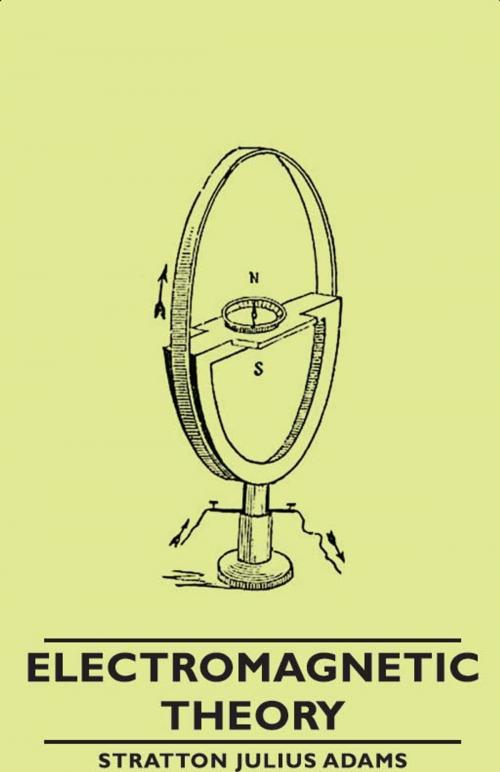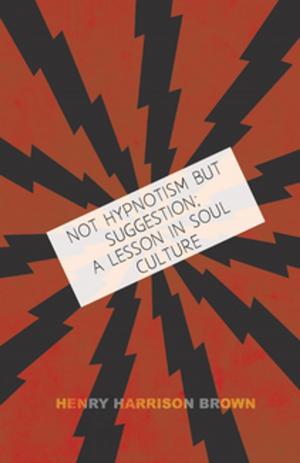| Author: | Stratton Julius Adams | ISBN: | 9781446549155 |
| Publisher: | Read Books Ltd. | Publication: | April 16, 2013 |
| Imprint: | Adams Press | Language: | English |
| Author: | Stratton Julius Adams |
| ISBN: | 9781446549155 |
| Publisher: | Read Books Ltd. |
| Publication: | April 16, 2013 |
| Imprint: | Adams Press |
| Language: | English |
The pattern set nearly 70 years ago by Maxwell’s Treatise on Electricity and Magnetism has had a dominant influence on almost every subsequent English and American text, persisting to the present day. The Treatise was undertaken with the intention of presenting a connected account of the entire known body of electric and magnetic phenomena from the single point of view of Faraday. Thus it contained little or no mention of the hypotheses put forward on the Continent in earlier years by Riemann, Weber, Kirchhoff, Helmholtz, and others. It is by no means clear that the complete abandonment of these older theories was fortunate for the later development of physics. So far as the purpose of the Treatise was to disseminate the ideas of Faraday, it was undoubtedly fulfilled; as an exposition of the author’s own contributions, it proved less successful. By and large, the theories and doctrines peculiar to Maxwell—the concept of displacement current, the identity of light and electromagnetic vibrations—appeared there in scarcely greater completeness and perhaps in a less attractive form than in the original memoirs. We find that all of the first volume and a large part of the second deal with the stationary state. In fact only a dozen pages are devoted to the general equations of the electromagnetic field, 18 to the propagation of plane waves and the electromagnetic theory of light, and a score more to magnetooptics, all out of a total of 1,000. The mathematical completeness of potential theory and the practical utility of circuit theory have influenced English and American writers in very nearly the same proportion since that day.
The pattern set nearly 70 years ago by Maxwell’s Treatise on Electricity and Magnetism has had a dominant influence on almost every subsequent English and American text, persisting to the present day. The Treatise was undertaken with the intention of presenting a connected account of the entire known body of electric and magnetic phenomena from the single point of view of Faraday. Thus it contained little or no mention of the hypotheses put forward on the Continent in earlier years by Riemann, Weber, Kirchhoff, Helmholtz, and others. It is by no means clear that the complete abandonment of these older theories was fortunate for the later development of physics. So far as the purpose of the Treatise was to disseminate the ideas of Faraday, it was undoubtedly fulfilled; as an exposition of the author’s own contributions, it proved less successful. By and large, the theories and doctrines peculiar to Maxwell—the concept of displacement current, the identity of light and electromagnetic vibrations—appeared there in scarcely greater completeness and perhaps in a less attractive form than in the original memoirs. We find that all of the first volume and a large part of the second deal with the stationary state. In fact only a dozen pages are devoted to the general equations of the electromagnetic field, 18 to the propagation of plane waves and the electromagnetic theory of light, and a score more to magnetooptics, all out of a total of 1,000. The mathematical completeness of potential theory and the practical utility of circuit theory have influenced English and American writers in very nearly the same proportion since that day.















